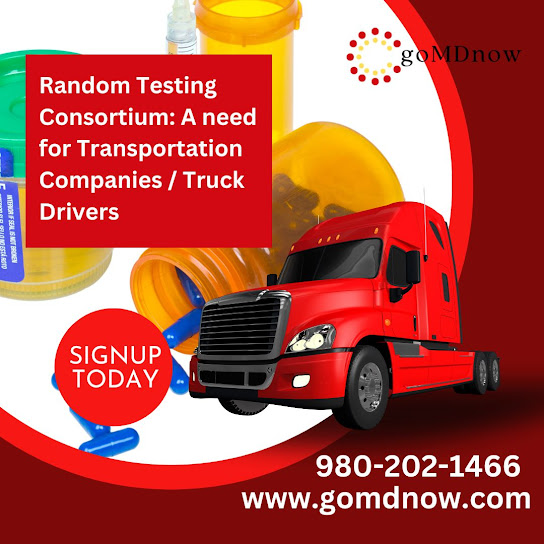The differences between DOT and non-DOT drug testing: what employers need to know?

Drug testing is a common practice used by employers to ensure a safe and productive workforce. However, not all drug testing is the same. There are two main types of drug testing: DOT (Department of Transportation) and non-DOT. It is important for employers to understand the differences between the two types of testing and the regulations that apply to them. DOT drug testing is governed by the Federal Motor Carrier Safety Administration (FMCSA) and applies to employees in safety-sensitive positions in the transportation industry. This includes truck drivers, bus drivers, pilots, and other transportation workers. DOT drug testing is more rigorous and has stricter consequences for positive test results than non-DOT drug testing. One of the main differences between DOT and non-DOT drug testing is the types of drugs that are tested for. DOT testing includes testing for five main categories of drugs: marijuana, cocaine, opiates, amphetamines, and phencyclidine (PCP). Non-DOT testing, o...




